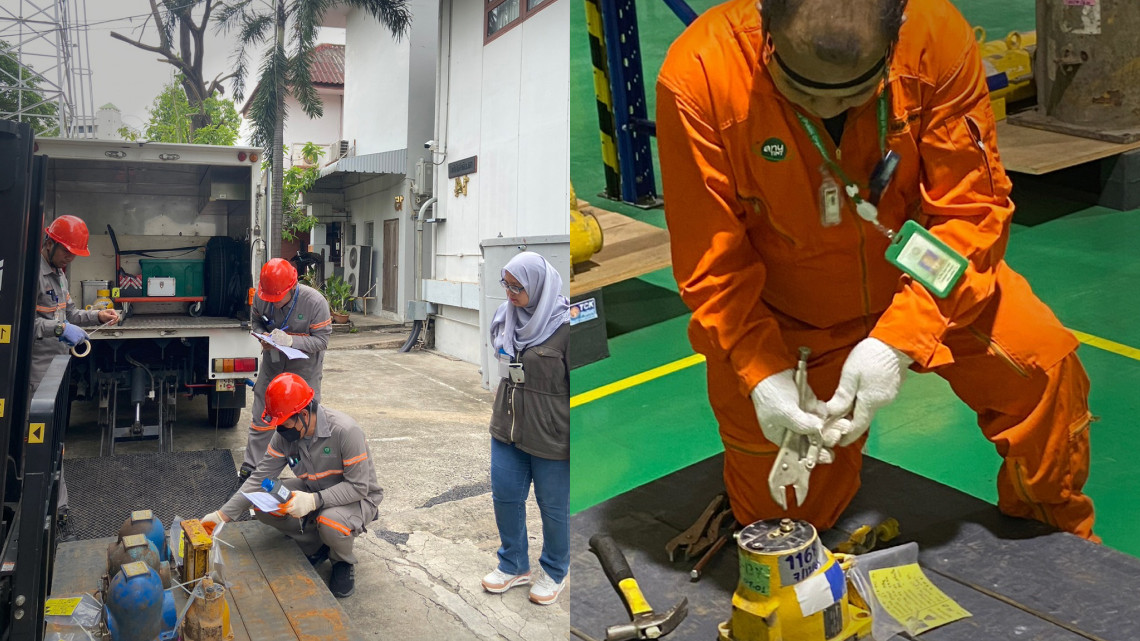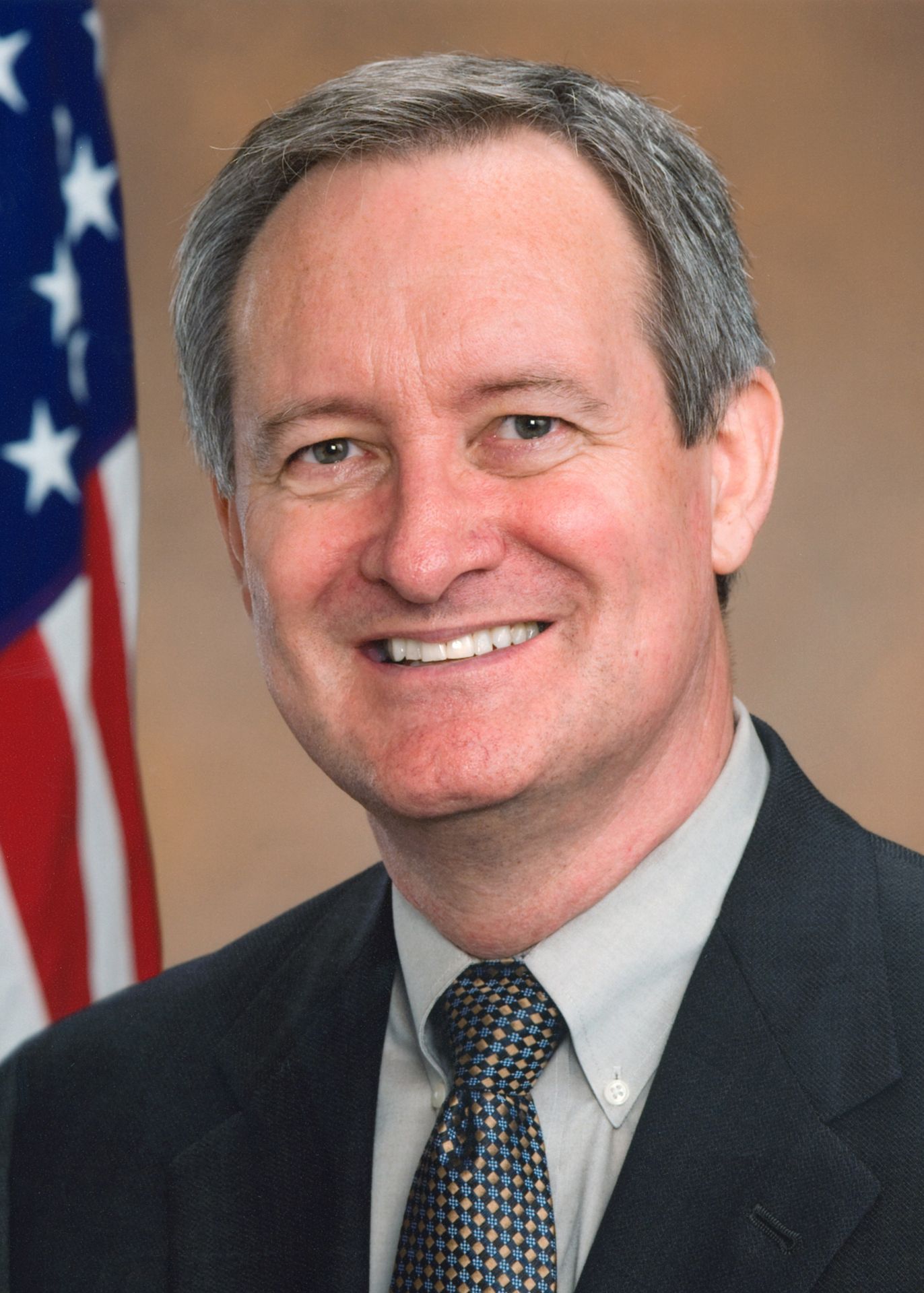Japanese research scientists Sadao Momota (left) and Minoru Tanigaki conducted surveys at the West Valley Demonstration Project to test their radiation detectors. West Valley’s Main Plant Process Building, which is undergoing deconstruction, is shown in the background. (Photo: DOE)
Two research scientists from Japan’s Kyoto University and Kochi University of Technology visited the West Valley Demonstration Project in western New York state earlier this fall to test their novel radiation detectors, the Department of Energy’s Office of Environmental Management announced on November 19.
Atomic Alchemy's radioisotope production facility (Image: Hillside Architecture)
Oklo Inc. has that it has signed a letter of intent to acquire Atomic Alchemy Inc., a U.S.-based radioisotope production company. The two companies announced a strategic partnership earlier this year.
The 10-member team that collaborated to survey sediments in Kenya’s Kilindini Harbor. (Photo: IAEA)
Kilindini Harbor in Mombasa, Kenya, is East Africa’s largest international seaport. But rapid development of the Kenyan coastal zone is changing sediment distribution and dispersal patterns in the region, and shifting sediment poses safety and efficiency risks to ships in the harbor. With help from the International Atomic Energy Agency, a team of researchers from Kenya and South Africa has deployed a unique system to measure natural radionuclides in beach and aquatic sediments and map sediment transportation in the region. The IAEA described the mission in a photo essay published August 21.
An IAEA task force visited Fukushima in October 2023 to review the safety of TEPCO’s discharge of ALPS-treated water. (Photo: TEPCO)
International Atomic Energy Agency experts have confirmed that the tritium concentration in the fourth batch of treated water released from Japan’s Fukushima Daiichi nuclear power plant is far below the country’s operational limit.
Framatome CEO Bernard Fontana (left) and Teodor Chirica, Nuclearelectrica board president, shake hands following the signing of the Lu-177 MOU in Paris. (Photo: Framatome)
Framatome and Nuclearelectrica, operator of Romania’s Cernavoda nuclear power plant, announced the signing of a memorandum of understanding to explore the possibility of producing the medical isotope lutetium-177. The cooperative agreement was signed during the World Nuclear Exhibition 2023, held November 28–30 in Paris.
A new IAEA peer review service demonstrates the proper management of disused sealed radioactive sources. (Photos: IAEA [left] and TINT [right])
The International Atomic Energy Agency has carried out the first mission of its Disused Sealed Radioactive Sources Technical Centre peer review service, or DSRS TeC, at the Thailand Institute of Nuclear Technology (TINT) in Bangkok. Held July 18–21, the inaugural mission was supported by funds from the United States.
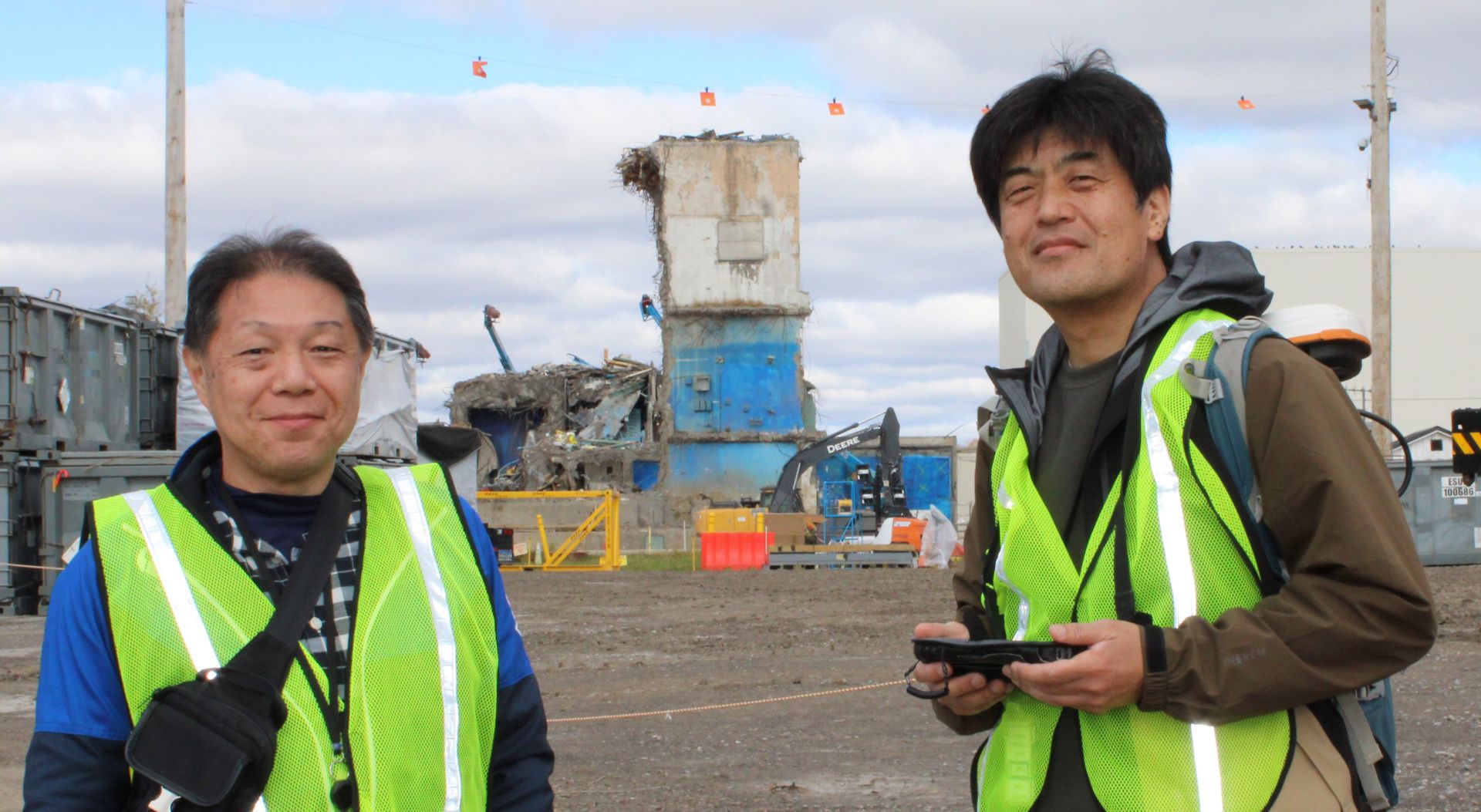




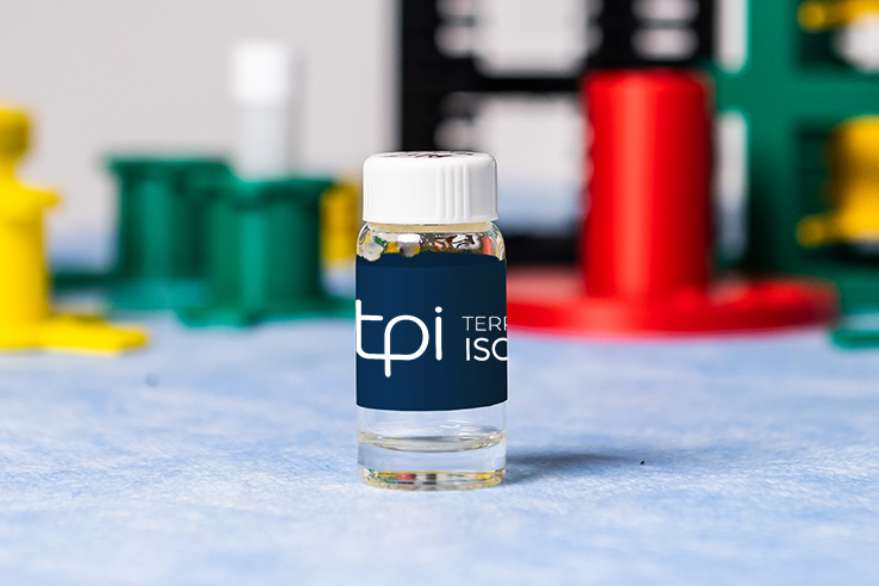


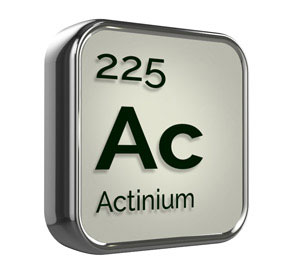 QSA Global, a provider of radioisotope products, and Niowave, a Michigan-based producer of medical radioisotopes, announced that the companies will codevelop a scalable radium purification process using Niowave’s radium-226 processing technology to meet the demand for actinium-225, an alpha-emitter used in the treatment of cancer. According to the companies, the strategic partnership marks a significant advancement in the field of radiopharmaceutical technology, enhancing the supply chain for critical radioisotopes, including Ac-225.
QSA Global, a provider of radioisotope products, and Niowave, a Michigan-based producer of medical radioisotopes, announced that the companies will codevelop a scalable radium purification process using Niowave’s radium-226 processing technology to meet the demand for actinium-225, an alpha-emitter used in the treatment of cancer. According to the companies, the strategic partnership marks a significant advancement in the field of radiopharmaceutical technology, enhancing the supply chain for critical radioisotopes, including Ac-225.




